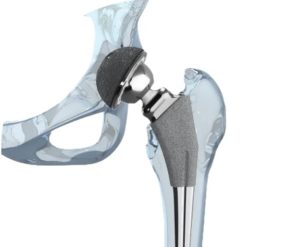Subtle brain injuries after a concussion are often undetected. But help is on the way.
An experimental, handheld gadget may prove very useful on the battlefield, football field, or in any emergency situation enabling brain damage to be detected almost immediately after mild head injuries. Such damage is often overlooked or misdiagnosed, even with advanced imaging techniques.
The device called BrainScope, consists of an adhesive strip containing six electrodes, which are connected to a mini-computer that resembles an oversized iPod. After a suspected head injury, an emergency worker can affix the electrode strip to the patient’s forehead. Within minutes, BrainScope’s color display indicates whether any of the patient’s brain functions deviate from normal.
The death of former NFL defensive back Andre Waters who committed suicide last year after suffering numerous concussions, has raised awareness on the devastating effects of brain injuries. This topic has been making news for quite some time because many troops are returning from Iraq with traumatic brain injuries. TV journalist Bob Woodruff also suffered a traumatic brain injury while reporting on the war in Iraq.
“The subtle brain dysfunction associated with such concussions is often invisible even to sophisticated imaging scanners, including CTs and MRIs…..Moreover, such scans must be carried out in a hospital, and are typically performed hours or days after the initial injury, which delays treatment,” says Dr. E. Roy John, Professor of Psychiatry and Director of the Brain Research Laboratories (BRL) at NYU School of Medicine, whose studies are the basis for the new device.
For more information on this subject matter, please refer to the section on Head and Brain Injury.

The Legal Examiner and our Affiliate Network strive to be the place you look to for news, context, and more, wherever your life intersects with the law.











Comments for this article are closed.